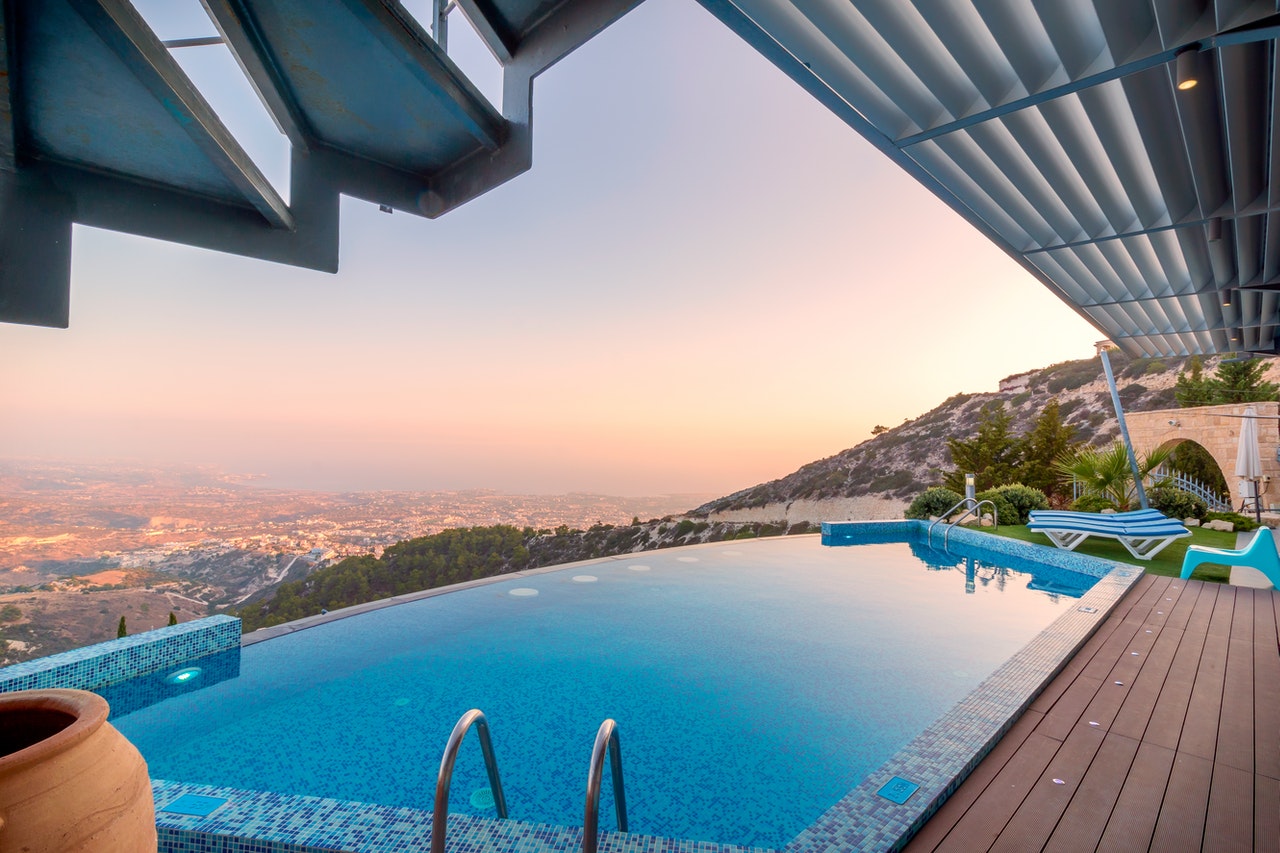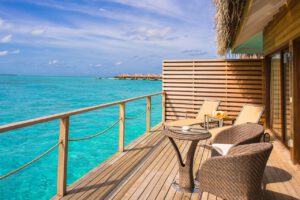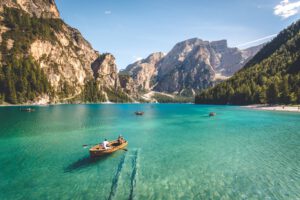[ad_1]
A number of grand villas in Tuscany were built at the height of the Florentine Renaissance, by the powerful Medici family. The 12 primary villas, located near the arts epicentres of Florence and Lucca, are prime examples of Renaissance and Baroque architecture. By the end of the 16th century there were 16 major estates surrounding Florence and at least 11 secondary ones dotted across the Tuscan countryside. The villas attained UNESCO World Heritage Site status in 2013.
The UNESCO Committee wrote the following about the Medici creations: “They bear testimony to the influence the Medici Family exerted over modern European culture through its patronage of the arts. Built between the 15th and 17th Centuries, they represent an innovative system of rural construction in harmony with nature and dedicated to leisure, the arts and knowledge.”
From Fortress to Palace
The Medici villas in Tuscany are rural compounds, built between the 15th and 17th centuries. They served several purposes but were primarily the Medici’s country palaces and symbols of their wealth and power. The family used them as leisure resorts and many were strategically located near excellent hunting locations. However, they also served an important economic purpose for the communities that surrounded them, as centres of agricultural activities.
The first of the Medici villas in Tuscany, built in the 14th century, were fairly austere looking structures that were strong fortified. The Villa del Trebbio and the one at Carfaggiolo were considered the original homes of the Medici family. Over time, the family began to have their homes designed with additional recreational spaces and landscaped gardens, such as the ones seen at Careggi and Fiesole.
The Finest Period Architecture
The later ones are said to be some of the finest examples of Renaissance and Baroque architecture in the region. They were accompanied by elaborate gardens, which became as admired as the structures themselves. The garden at the Villa di Castello was the first to be designed by Niccolo Tribolo, for Cosimo I de’ Medici, Grand Duke of Tuscany. Tribolo later went on to design the stunning Boboli Gardens at the Palazzo Pitti in Florence.
Each estate was owned by a significant member of the Medici family and served as a microcosm of the Medici court. The Duke would travel from home to home, depending on his needs or desires. He would stay at the Villa del Trebbio for hunting, move on to the Villa dell’ Ambrogiana in the spring and then to the cooler climate of the Villa di Artimino during the hot summer months.
The Legacy
The 12 primary Medici villas in Tuscany are said to be the first examples of the connection between architecture, gardens and the environment seen in Italy. The buildings and their surrounding gardens embodied the ideal of living in harmony with nature, with dedication to the pursuit of arts, leisure and knowledge. They set the standard for princely residences throughout Europe and their influence can still be seen today.
[ad_2]
Source by Jonathan Magoni




